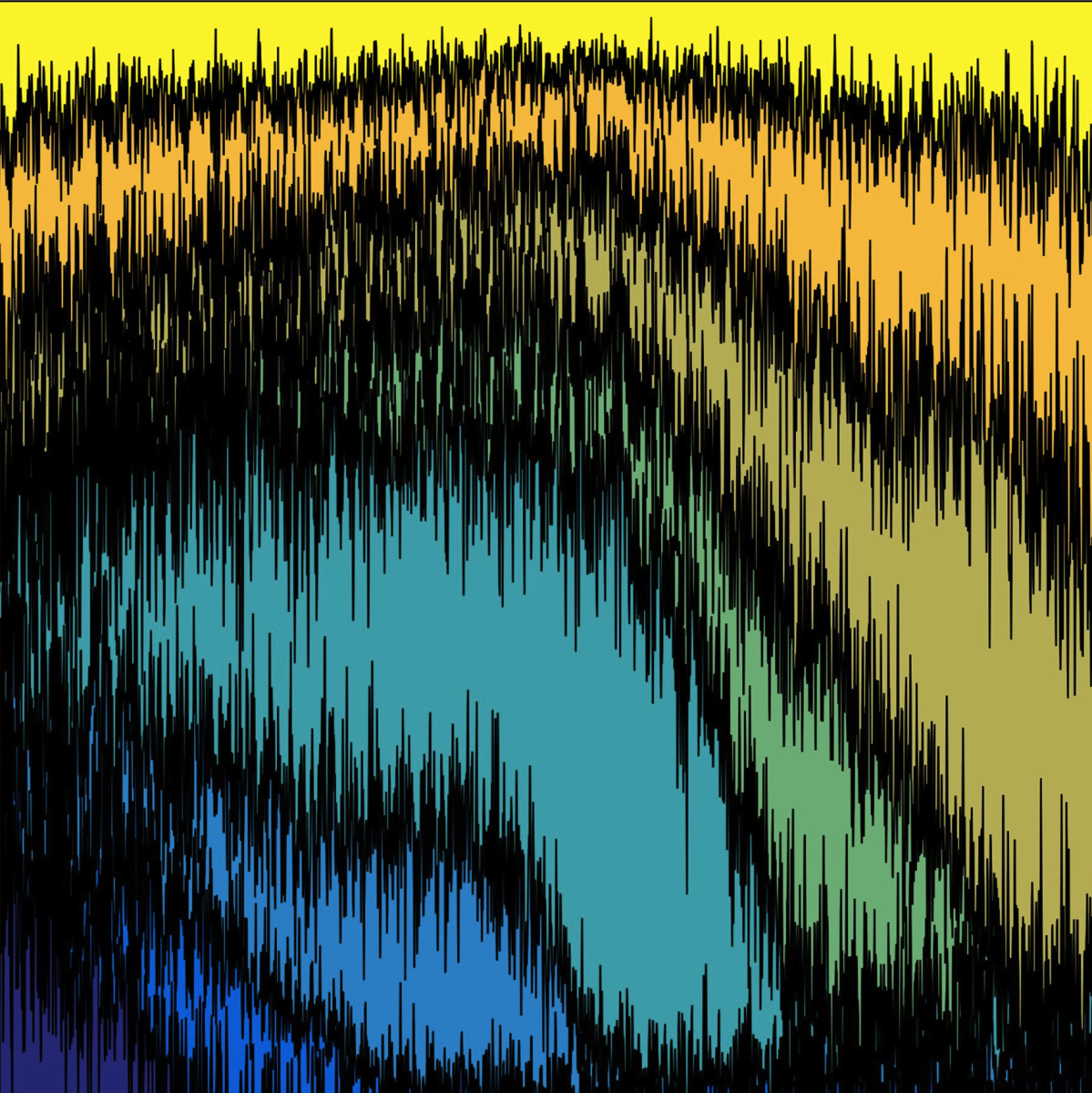Model behaviour
Interview with
Ninety per cent of the people reading this will have succumbed at some point to  chickenpox, which is caused by the varicella zoster virus, a member of the herpesvirus family. After the initial itchy rash clears, the virus lays low in the nervous system and periodically reactivates to produce painful infectious skin lesions called shingles. A live attenuated vaccine has been produced to prevent infection, but some countries are wary of using it. But should they be? Benson Ogunjimi has modelled the repercussions of widescale vaccination, as he explained to Chris Smith...
chickenpox, which is caused by the varicella zoster virus, a member of the herpesvirus family. After the initial itchy rash clears, the virus lays low in the nervous system and periodically reactivates to produce painful infectious skin lesions called shingles. A live attenuated vaccine has been produced to prevent infection, but some countries are wary of using it. But should they be? Benson Ogunjimi has modelled the repercussions of widescale vaccination, as he explained to Chris Smith...
Benson - Chicken pox which causes an itching rash. Most children have a benign course of the disease. Some children actually develop serious complications leading to a very high burden of disease and even mortality in some situations so a vaccine has been developed. However, some theories have suggested that vaccinating children against chicken pox, the elderly might have an increased risk of shingles, also called herpes zoster. That might of course, increase the burden of disease in that age population.
Chris - What's the rationale behind that then? Why should there be a spike in shingles cases in elderly people if you vaccinate younger people?
Benson - It's an interesting question because actually, the virus which causes chicken pox is the same virus which causes shingles. After individuals have encountered chicken pox, the virus stays in the body and can wait until at a later age when it re-awakens, reactivates, and causes shingles. The theory was that through re-exposure to a patient with chicken pox, an adult might receive a boosting of immunity, a boosting of protection against the virus which could reduce the risk of reactivating the virus. Thus, meaning that through re-exposure to chicken pox, adults might have a lower risk in developing shingles. So, if we reduce the circulation of chicken pox, thus, reducing the risk of having a contact with the person with chicken pox, we actually also reduce the probability that we reduce the risk on shingles.
Chris - In other words, although you still carry the agent because it seems to perhaps stimulate your own immune system less well with passing time, you do nonetheless need that exposure to circulating chicken pox in the population to keep your immunity up to speed. Otherwise, you do risk getting a breakthrough of the virus that's already in your body.
Benson - Yeah, that's true. Of course, up until now, chicken pox was widely circulating in the population. So, we've never actually met a situation in which there was no circulation of chicken pox. But indeed, there's a theory that through the frequent re-exposure to chicken pox, that individuals can get a boosting of their immunity, a natural protection against shingles every 5 to 10 years when they encountered their own child or they encounter their grandchildren, or they encounter a niece or a nephew in a party. So, all those encounters with children are protective against the development of shingles.
Chris - Now, what have you done here to ask the question, whether or not vaccinating people universally will carry a higher risk of reactivation of the virus in the current population when they get old then? How have you approached this?
Benson - We started from an individual perspective. We used a computer simulation in which we create a simulated population of Belgian individuals. We assumed that after they contracted chicken pox that their immunity was boosted against chicken pox and that the immunity went with time, but could of course increase when they had a re-encounter with the patient with chicken pox. Then we assumed a certain time point, the immune level would be so low that individuals would develop shingles. So, we tried to simulate that kind of behaviour in Belgium, in the population, and we actually used the predicted shingles incidence to compare with the actual measured shingles incidence in Belgium so that we could see whether our model was appropriate or not, and what the parameters were in the model.
Chris - And what happens?
Benson - So, the outcome for those who were not vaccinated was the probability for them for developing shingles was higher in about 40, 50 years after introduction of universal widespread vaccination against chicken pox. So, we saw that the shingles incidence had a peak that was 1.75 times higher than the value before the introduction of the chicken pox vaccination programme.
Chris - So in other words, while it's okay for the people who get vaccinated because they're protected from having acute chicken pox and they won't get shingle subsequently, those individuals that are already infected with the wild type circulating chicken pox, they could be paying a price of twice the incidence at the moment in 30 years' time of shingles in order to protect the young of today.
Benson - That's completely correct. So indeed, there's a trade-off between protecting the children or protecting the adults. But of course, with the new vaccine on the market which shows to be very successful with about 100 per cent efficacy against shingles might be also something in the future to consider combining a vaccination schedule against chicken pox as well as a vaccination schedule against shingles with the very successful shingles vaccine.
- Previous Sounds good
- Next Concussions at the Rugby World Cup










Comments
Add a comment